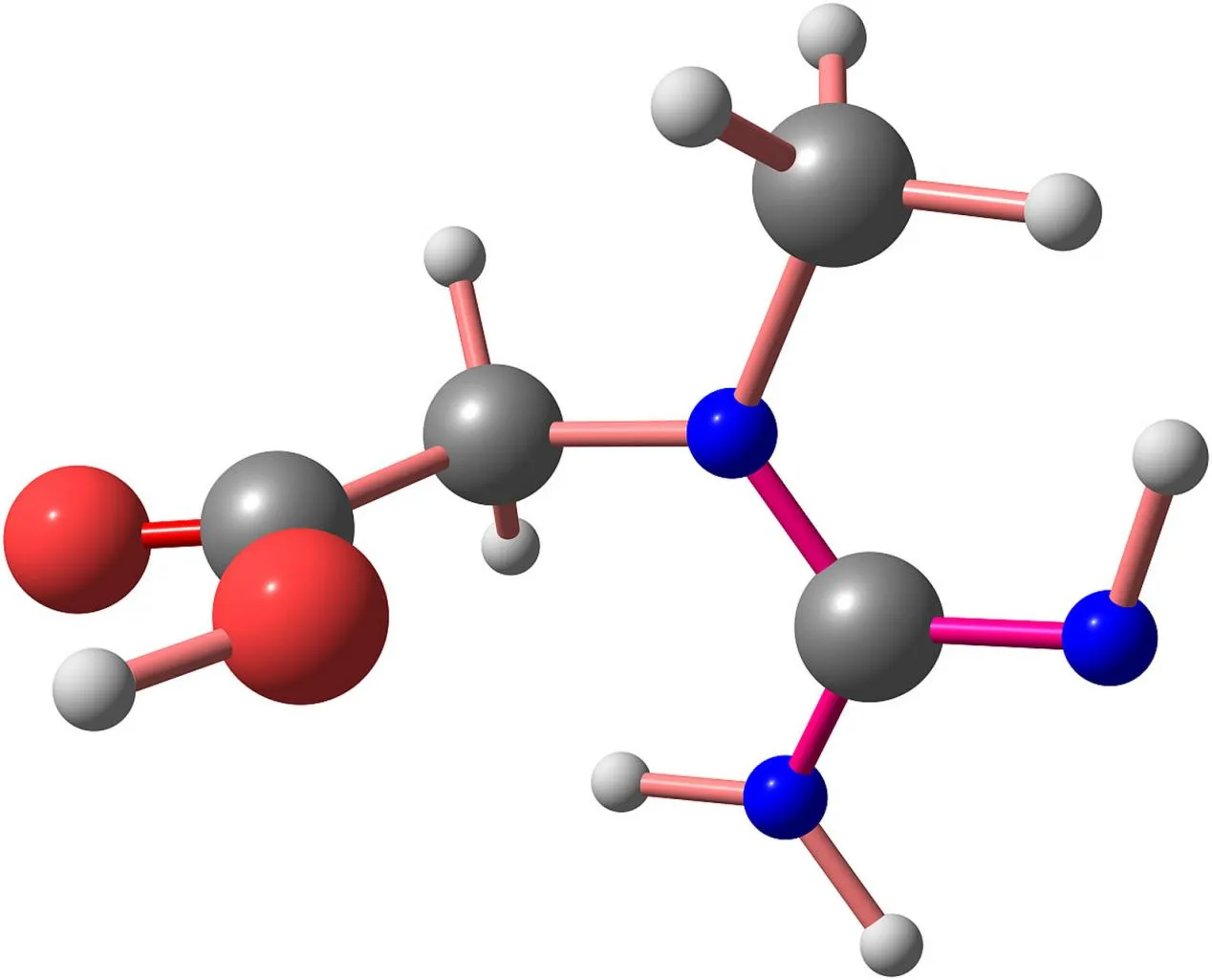
Understanding HPMC: A Versatile Polymer for Medical and Industrial Use
Hydroxypropyl methylcellulose (HPMC), also known as hypromellose, is a multifunctional polymer widely used in pharmaceuticals, food, and construction. With its excellent water retention, film-forming ability, and non-toxic nature, HPMC has become an essential ingredient across various applications. In this article, we’ll explore the differences between HEC vs HPMC, delve into the technical aspects such as HPMC 2910/hypromellose, and discuss real-world uses like HPMC in eye drops and its form as Bột HPMC.

HEC vs HPMC: Key Differences in Function and Application
When comparing HEC vs HPMC, it's important to understand that both are cellulose derivatives but differ significantly in properties and applications. KHÔNG (Hydroxyethyl Cellulose) is typically used in water-based formulations, especially in paints, personal care products, and cleaning solutions. It is known for its thickening, stabilizing, and emulsifying abilities.
On the other hand, HPMC is more versatile due to its solubility in both cold and hot water and its ability to form clear, flexible films. It is preferred in the pharmaceutical and food industries, where it functions as a binder, coating agent, and controlled-release component. In pharmaceutical formulations, Bột HPMC is often used in tablet production for its excellent compressibility and film-forming properties.

Technical Insight: HPMC 2910, Chemical Structure, and Solubility
A common grade used in pharmaceuticals is HPMC 2910/hypromellose, which contains approximately 29% methoxy and 10% hydroxypropyl substitution. This specific grade is highly effective in controlling drug release and maintaining product consistency. It provides optimal viscosity and thermal gelation, making it suitable for sustained-release tablet coatings and as a suspending agent.
Các HPMC chemical structure is based on a cellulose backbone modified with methoxy and hydroxypropyl groups. This dual modification enhances water solubility and creates thermal gelation properties that are crucial in drug delivery and food formulations. The substitution levels determine the physical and functional characteristics of the polymer, influencing solubility, gel temperature, and film strength.
Speaking of solubility, HPMC E5 solubility is particularly noteworthy. E5 is a low-viscosity grade that dissolves quickly in cold water, forming a clear, consistent solution. This makes it ideal for use in oral liquids, ophthalmic solutions, and topical products. It ensures easy processing and high reproducibility in formulations.
One of the most significant applications of HPMC is in ophthalmology. HPMC in eye drops serves as a lubricant and artificial tear substitute. It provides long-lasting moisture and comfort for individuals with dry eyes by forming a protective film over the cornea. HPMC’s non-irritating, biocompatible nature makes it a preferred choice in sensitive applications like ocular treatments.
From HPMC 2910/hypromellose to its everyday use in eye drops, HPMC continues to prove its value across diverse industries. Whether comparing HEC vs HPMC or examining its chemical and physical properties like HPMC chemical structure and HPMC E5 solubility, it's clear that HPMC's functionality and adaptability make it an indispensable polymer. Available in convenient forms such as Bột HPMC, it supports innovation in both healthcare and manufacturing sectors, offering reliability, performance, and safety.
-
Hydroxypropyl Starch as a Sustainable Construction AdditiveNewsNov.24,2025
-
The Gelation Properties of CMCNewsNov.21,2025
-
Redispersible Latex Powder and Water Retention CapacityNewsNov.21,2025
-
Dosage Control for Polycarboxylate Water ReducerNewsNov.21,2025
-
Film-Forming Properties of Polyvinyl AlcoholNewsNov.21,2025
-
The Function of Gypsum Additives in MortarNewsNov.21,2025





















